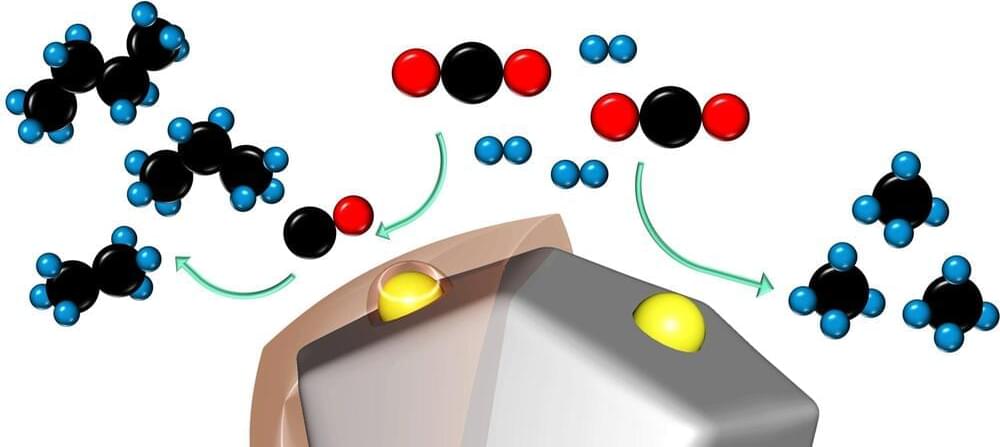Fabien Cousteau has a vision for how humans can live and work in the ocean. He imagines that long-term stays under the waves could be enabled through the construction of underwater habitats, which would look and feel like houses, as opposed to just sealed, submarine-like bubbles.
These habitats would have a galley, kitchen, workspace, and sleeping quarters, he describes. And of course, there would be windows, or viewports, to the outside world, and a front door in the form of a moon pool that will actually be on the bottom of the house. This would allow easy access into and out of the facility.
The project, called Proteus, would be a marine analog to the International Space Station, and would primarily accommodate aquanauts, the equivalent of an astronaut in the ocean. It’s an idea that has been bubbling for some time now. But it could start taking shape relatively soon. Proteus Ocean Group, a private company which would operate and run Proteus, has recently signed an engineering, procurement, and construction (EPC) contract with a firm that has expertise in creating hyperbaric and pressure vessels in the ocean environment. Much of what Proteus is doing in terms of the technology they’re exploring is similar to space technology.



